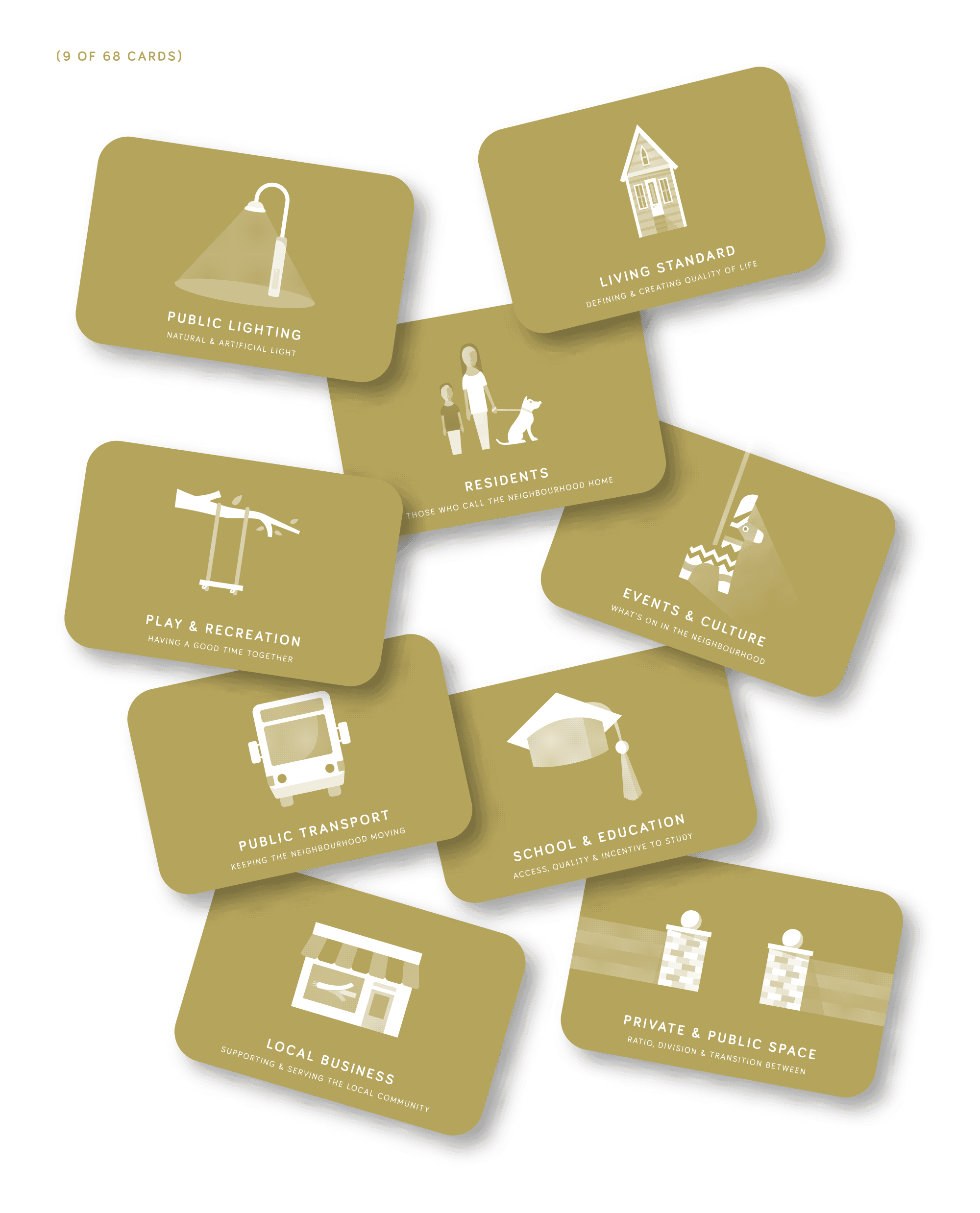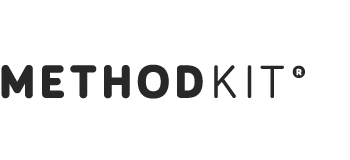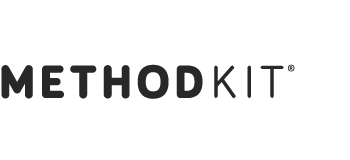MethodKit for Neighborhoods was made in collaboration with Jordan Valentin-Lane.
—
WHY METHODKIT FOR NEIGHBORHOODS?
Neighborhoods are where life happens. They are where we grow up, grow old, live, work and play. From nature and nightlife to politics and play, neighborhoods are not merely a collection of buildings or boundary lines; they are social, spatial, cultural and constantly changing.
Neighborhoods are unique and come in all shapes and sizes. We wanted to create a tool that allows you to explore how neighbourhoods are built, understand neighborhood life and plan for the future. While some planning tools and processes may overlook the neighborhood scale, our idea is to pay deliberate attention to the potential of neighborhoods as the link between the individual and the city.
MethodKit for Neighborhoods provides a visual overview of the essential building blocks of neighborhoods. The kit allows you to investigate your own thoughts and ideas, collaborate with others and explore the neighborhoods in which we live, work and play,
THE CARDS

THE ICONS
![]()
The icons have been crafted with usefulness and simplicity in mind. They are representations of the different parts of neighbourhoods.
HOW TO USE
MethodKit for Neighbourhoods offers a visual overview of the most important elements, actions and aspects that make up the fabric of a neighbourhood. Use it to create a common language in citizen dialogues, to explore possibilities with project partners or just to think deeper about neighbourhoods.
Different examples of how the kit can be used:
- As a tool in architecture & urban design offices. Use the kit in the studio environment to align colleagues, consultants and clients. Use it to create future visions and scenarios or as a research tool and checklist. How do new developments fit into the existing urban fabric? What are your priorities? Did you forget any important perspectives?
- As a tool for community groups, Grassroots movements & NGOs – Understand your context. Knowledge is power. Are you forgetting any important elements? Where should you focus your energy and resources? What’s in it for the neighbourhood?
- City district councils & Local politicians Use the kit in order to gain a deeper understanding of a certain neighbourhood. What makes it unique? Have you made contact with all important actors? What is your intention & does it align with the residents?
- As a tool for schools & universities. Use the kit as a checklist for school projects — what elements are strongest? Are there any parts of missing? Encourage students to embrace complexity and design in real-world contexts. Encourage conversation and debate by having students prioritise the cards — why are some elements more important than others? How does this change with time? Who decides this?
- As an educational tool for residents. People care about the place they call home. Use the tool to help people understand the fabric of their neighbourhood, with different perspectives and lenses. Knowledge is power.
- As a planning tool between architects, the politicians and its residents. Use the tool as an interface. We want people to sit at the table, take part, and feel comfortable in understanding and sharing ideas.
- As a tool for data collection. Use the tool should be used for data collection. Can you give each card a value to create an inventory of your neighbourhood? You could ask residents, friends, neighbours what they value in their neighbourhood.
Check out more general examples of how the cards can be used in workshops, at our How to use page.











